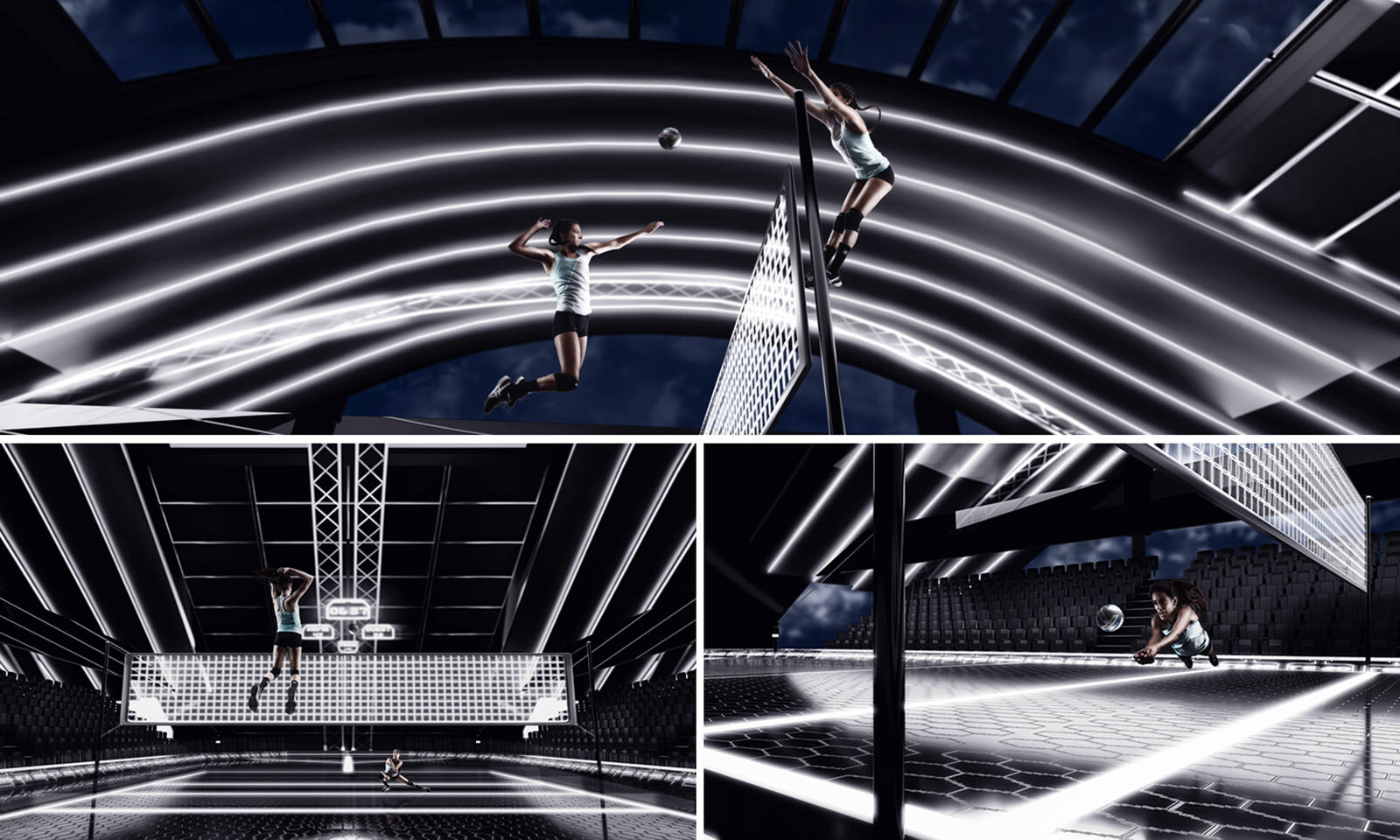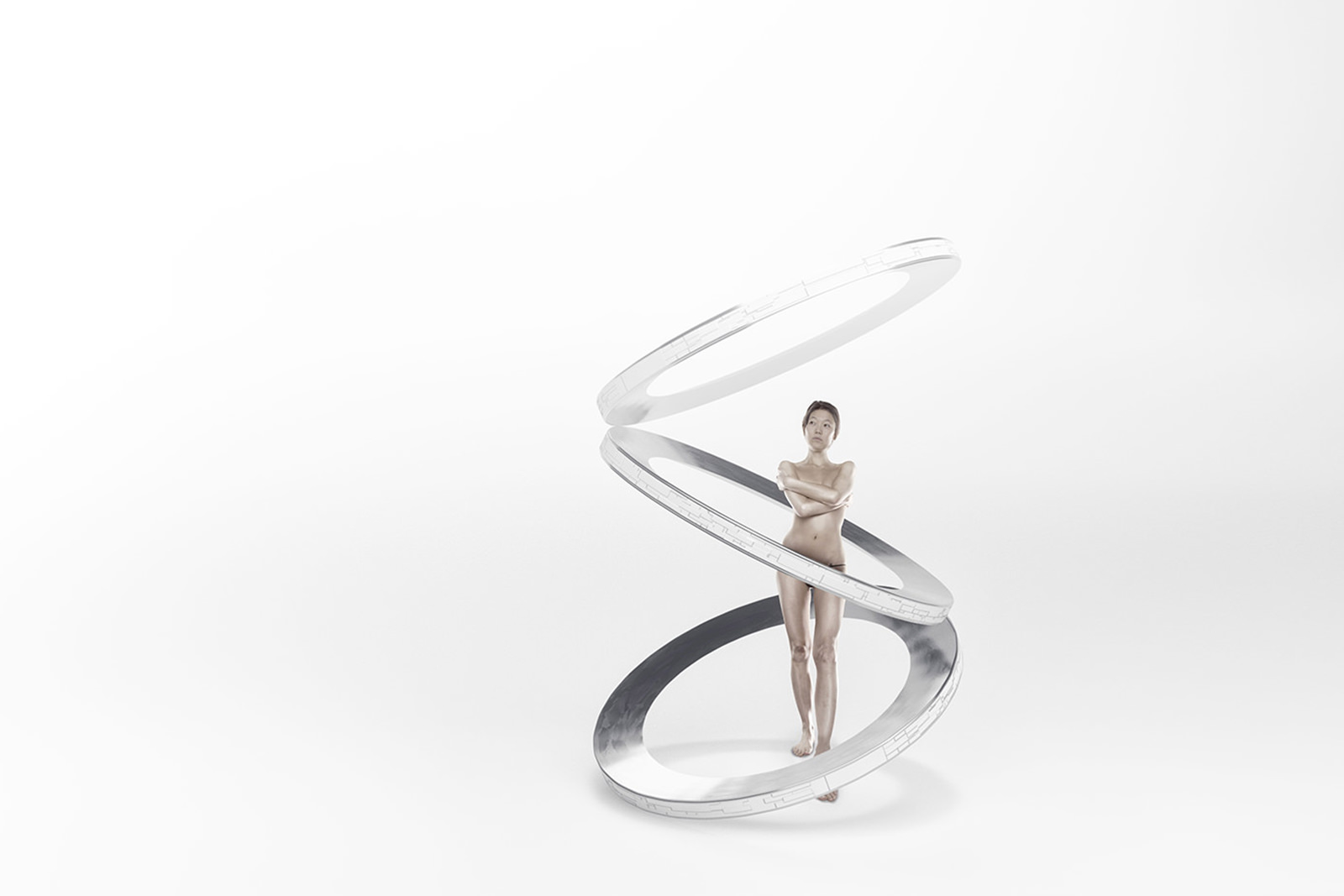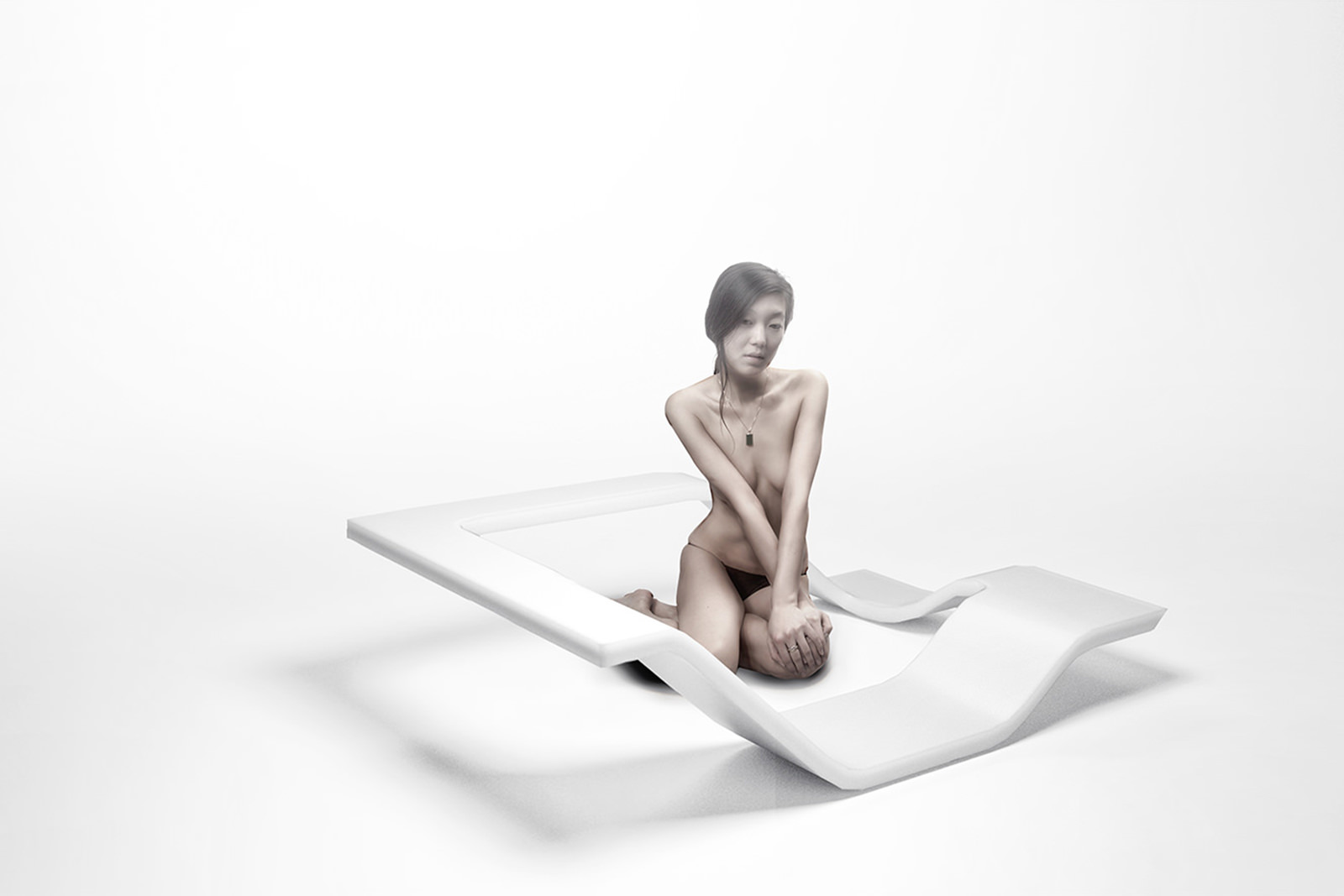
Why You Should Develop a Series Workflow with Keean Afrasiabi
We’ve all heard the old song claiming “one is the loneliest number,” and Keean Afrasiabi couldn’t agree with it more. While a standalone image can pack a powerful punch, sometimes a story needs more room to be told, and Keean has become adept at crafting series that leave a lasting impact.
As a commercial photographer and in his personal projects, Keean often chooses to use series as a way to hone his skills, tell a story in more detail, or increase the usefulness of his work to clients. He beautifully sidesteps a “more of the same” approach through purposeful planning and execution, so that each image offers something unique to balance and enhance the body of work to which it belongs. Today he tells us why one image is not always enough and how to use series work to its full potential.
My start in photography, which was almost seven years ago now, is nothing to write home about. I’d walk around my town looking for things to photograph, attempting to make simple things interesting. Over time, I found the subject matter I liked, primarily people, and went from there. I slowly got into Photoshop around four years ago and now it’s a major part of my workflow.
As artists, I think we all hit a wall of efficiency, whether you are dealing with Photoshop, film, or simple edits. For me, it stemmed from wanting more from a single shot; only being able to balance one image so much. I think the cliche that “a picture is worth a thousand words” can be true, but if the photo is good alone, why not write a trilogy while it’s still fresh? If you produce an image that evokes strong feelings or is extremely appealing, why not keep it going to continue the flow and enhance what it has to offer?
How did the change in your technique affect your work?
As the photos I was taking had more planning put into them beforehand, I noticed that I would be more motivated to finish up three to five images rather than just one to two. Once I knew I wanted more final images, I started to think through what I would show in each image and why.
For example, the artistic primarily white nude series shown here was to practice lighting on bare skin, the use of simple architecture, and to practice global lighting techniques in my 3D workflow. This could be practiced with one or two images, but not to the extent of what is shown here. As a result I was able to really practice nude posing, work with my larger modifiers more than usual, and practice blending big light sources, all while keeping a relatively tight deadline from start to finish (about two weeks).
Another example can be seen in the green and black athletic series. My goal was to show multiple sports, multiple models, and multiple poses with three to four sets of clothing. For my workflow as an environmental artist, this is one of the most efficient payoffs. I am able to pick any angle with hardly any added work for compositing.
Why series, though? What does a series offer that a single image cannot?
The way I justify the importance of a series is based around exposure. The more work that is recognizable the better. If you’re able to put recognizable work out there and have people identify you for more than just your style but from work done as a series, that usually creates a stronger bond. For example, when you see a photo you like on Instagram, there’s a chance you’ll check out the artist’s page. But what if you see a different image from that series another day on the “explore” tab? Chances are higher that you’ll check out the artist’s page after the second recognition. The same is likely if you see an Instagram grid with images from a series back to back, it would give you confidence that the artist produces similar work consistently.
That plays a big part in client proposals. The longer they can advertise with a campaign the more bang for their buck they’ll get. The work is given to them all at once and they decide how often they’d like to use it (within the agreement of course). A single image is a more repetitive, stagnant option. No one wants to see the exact same image over and over. It also helps in selling prints. Why use one image above your desk when you can buy five at a smaller size and have a more uniform look? Displate.com has a similar advertising scheme, showing a series from an artist rather than one image split into three separate prints. I am a big believer in the more options the better, rather than having one beautiful image as the only option.
What struggles have you encountered in your series work?
The process of developing a series usually has two major drawbacks. The first being time and the second, cost. Finding multiple people, outfits, or locations will always take more time and energy. The more a photographer can understand the workflow, the easier the expectations become, but that will always take a few years.
Another struggle is working through an idea and coming to the conclusion that it might not be well thought out enough to mold a series around it. The idea or look might be too simple or too shallow and thus cannot be expanded to the required number of images. The outfits or poses might look too similar, forcing the photographer to go back to the drawing board.
A struggle that was more specific to me before I moved to Berlin was transportation. Not being able to drive in California meant that getting from place to place was either almost impossible or extremely expensive. Most of my work took place in my studio, which can be good and bad. It was helpful because I could schedule shoots back to back without changing lighting too much, keeping the look consistent across different models, but it also limited me.
How do you go about planning your series?
The first step in my planning process is purpose: what or whom am I photographing and how or why am I photographing them? This can be shorts for a sports brand, dresses for a dress shop, a sport or athlete for a school, or tools for a catalog. Once I know the basic facts I can structure where it’s going to be and whether its a composite or not, then I can start my shot list.
The shot list is very important, but perhaps the most crucial thing is the number of images we need to produce. Based on that number I can start figuring out which angles are the most valuable and which can serve as runner up. Establishing a primary shot, the cover of the series if you will, can give you more ideas about secondary angles or poses.
Getting started with planning can help any photoshoot – the more you know going in, the faster you can work during and after the shoot. This applies well when deciding what each image can offer a series. This can be shown in posing, color work, lighting, emotion, location, makeup, or clothing. The more images you plan, the more well-rounded of a project you can build. For me, it really makes me flesh out how and why I’m photographing the subject. There is a lot of talk of developing your own style, and one of the strongest ways to build one up is through concentrated bodies of work. An example of this can be seen in the Lego Vehicle series, consisting of a few Lego vehicles built for a personal project.
Even though the environments, angles, and models change, the general look and feel is displayed throughout. One of the benefits of a cohesive look is being able to recognize where an image comes from, even if you see separate images from the same series at different points in time. One of my client selling points is creating a recognizable series that can be shown over a period of time and still be recognized due to a unique style the images share.
See more series by Keean on his website or follow him on Instagram and Facebook. You can also check out our interview with Keean to learn about his life as a legally blind photographer, and have a look at what gear he uses for his composites and series work.






















